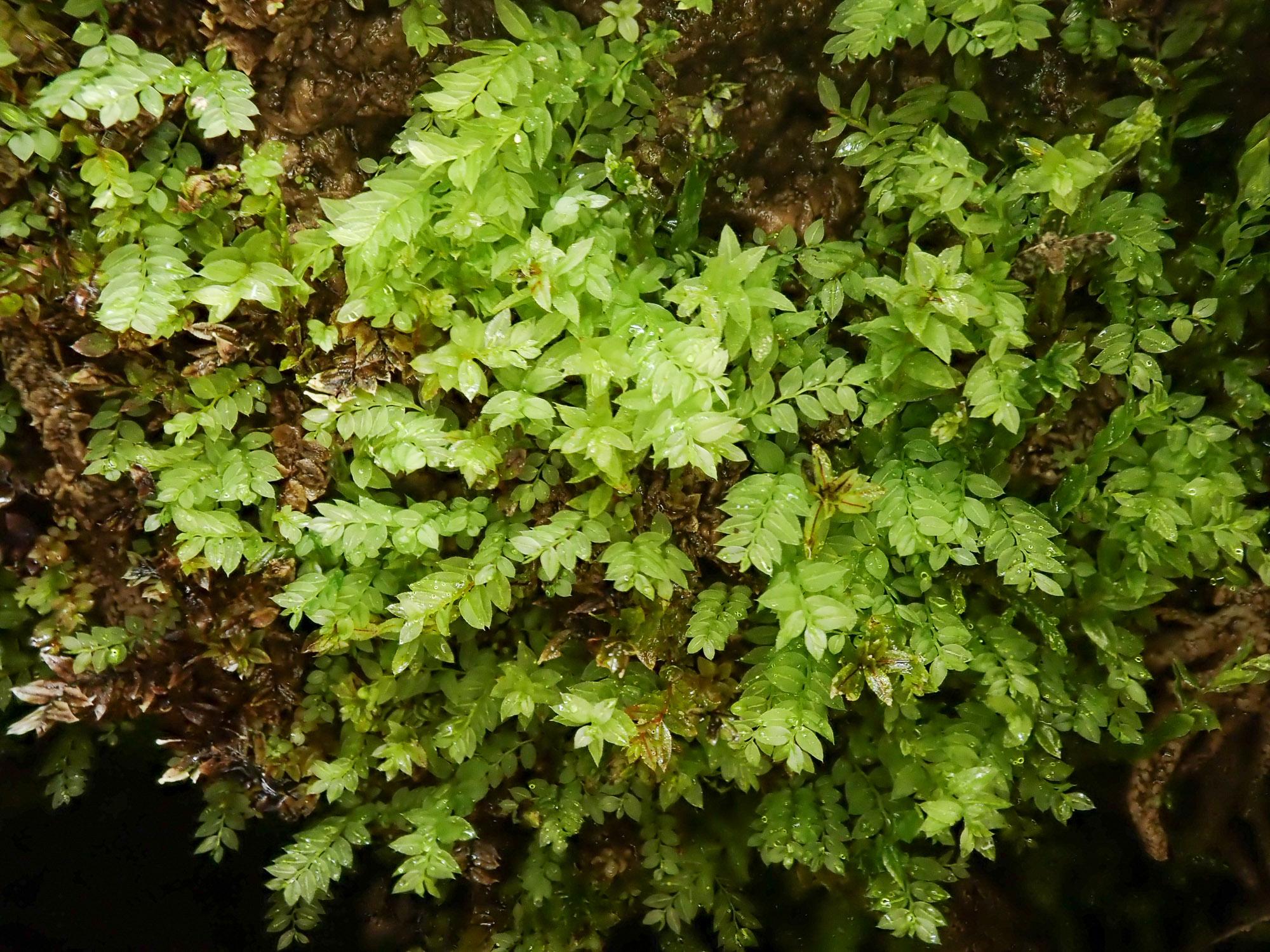
2021-06-20-11-57-49.jpg from: https://www.britishbryologicalsociety.org.uk/learning/species-finder/mnium-stellare/
Introduction
Prepare to embark on a captivating journey into the realm of Mnium stellare Hedw., a remarkable moss species that belongs to the Mniaceae family. Often referred to simply as Mnium, this unassuming plant holds a wealth of fascinating secrets waiting to be uncovered by enthusiasts and nature lovers alike.
Background
Before we delve into the intricacies of Mnium stellare Hedw., it’s essential to understand the broader context in which it thrives. Mosses, collectively known as Bryophyta, are non-vascular plants that play a crucial role in various ecosystems worldwide. These resilient organisms have adapted to survive in some of the harshest environments, making them true champions of the plant kingdom.
Main Content
Morphology and Identification
Mnium stellare Hedw. is a striking moss species that can be easily identified by its distinctive features. Its vibrant green hue and star-like arrangement of leaves make it a true standout among its bryophyte brethren. The leaves themselves are ovate to oblong-lanceolate, with a prominent midrib running along their length. When observed closely, you’ll notice the intricate network of cells that make up the leaf structure, each one a testament to nature’s intricate design.
Global Distribution and Habitat
This remarkable moss species can be found across various regions of the world, from the temperate forests of North America and Europe to the lush rainforests of Asia and South America. Mnium stellare Hedw. thrives in moist, shaded environments, often carpeting the forest floor or clinging to the bark of trees. Its ability to retain moisture and withstand periods of drought makes it a resilient pioneer species, paving the way for other plants to establish themselves.
Ecological Roles and Adaptations
Despite its diminutive size, Mnium stellare Hedw. plays a vital role in maintaining the delicate balance of its ecosystem. These mosses act as tiny sponges, absorbing and retaining moisture, which helps regulate the local microclimate and prevent soil erosion. Additionally, they provide a nurturing environment for various microorganisms, insects, and even small vertebrates, contributing to the overall biodiversity of their habitat.
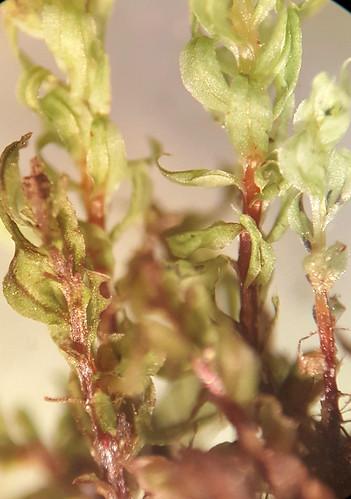
49899414027_ac282d04b4.jpg from: https://flickr.com/photos/21657471@N04/49899414027
One of the most remarkable adaptations of Mnium stellare Hedw. is its ability to reproduce through both sexual and asexual means. During the sexual reproductive cycle, the moss produces distinctive spore capsules that release tiny spores, allowing for the dispersal and establishment of new colonies. Asexually, the moss can propagate through fragmentation, ensuring its survival and spread even in challenging conditions.
Case Studies/Examples
In a recent study conducted in the Pacific Northwest, researchers discovered that Mnium stellare Hedw.
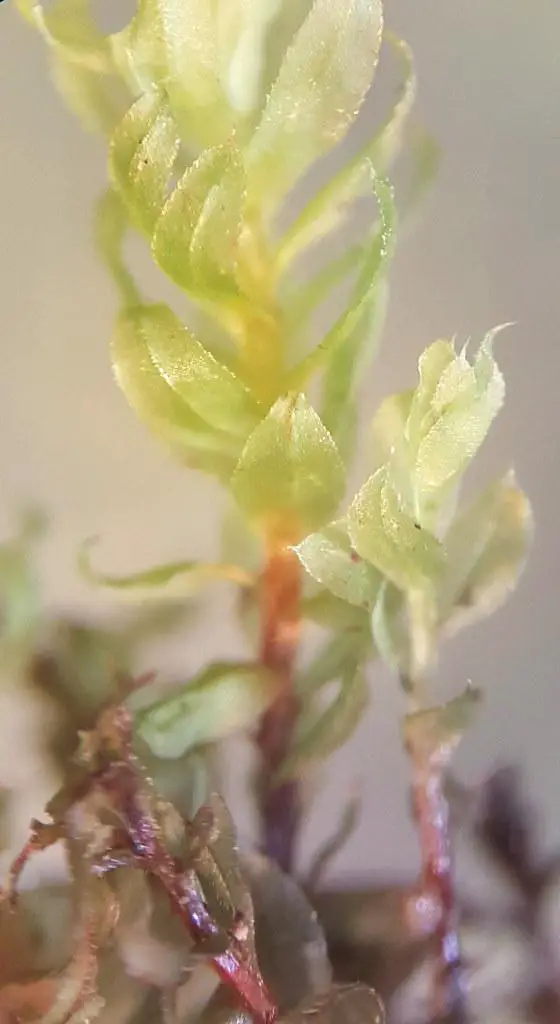
49899360077_5b36ca7992_b.jpg from: https://flickr.com/photos/21657471@N04/49899360077
played a crucial role in facilitating the growth and establishment of certain tree seedlings. The moss’s ability to retain moisture and provide a stable substrate allowed the seedlings to take root and thrive, highlighting the intricate relationships that exist within forest ecosystems.
Technical Table
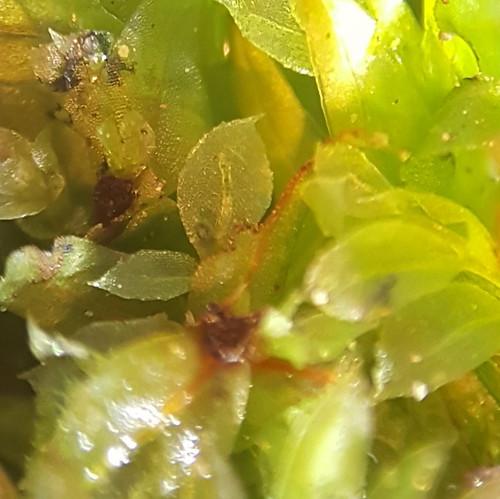
49896887658_cea5eba3cb.jpg from: https://www.flickr.com/photos/silybum/49896887658
| Characteristic | Description |
|---|---|
| Phylum | Bryophyta
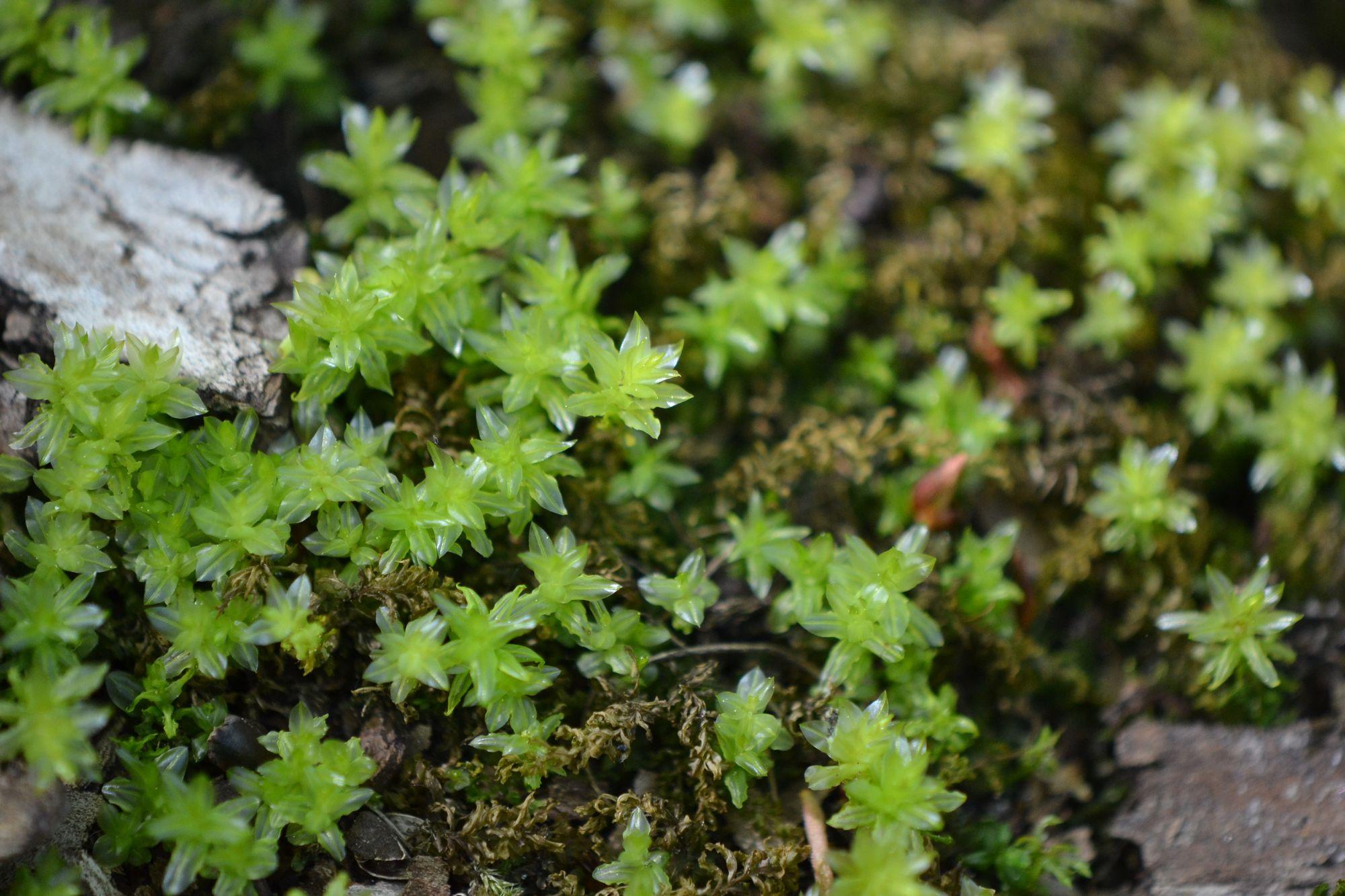 DSC_0700.JPG from: https://www.medeinos.lt/augalu-katalogas/m/melsvejancioji-mnija-mnium-stellare/ |
Class
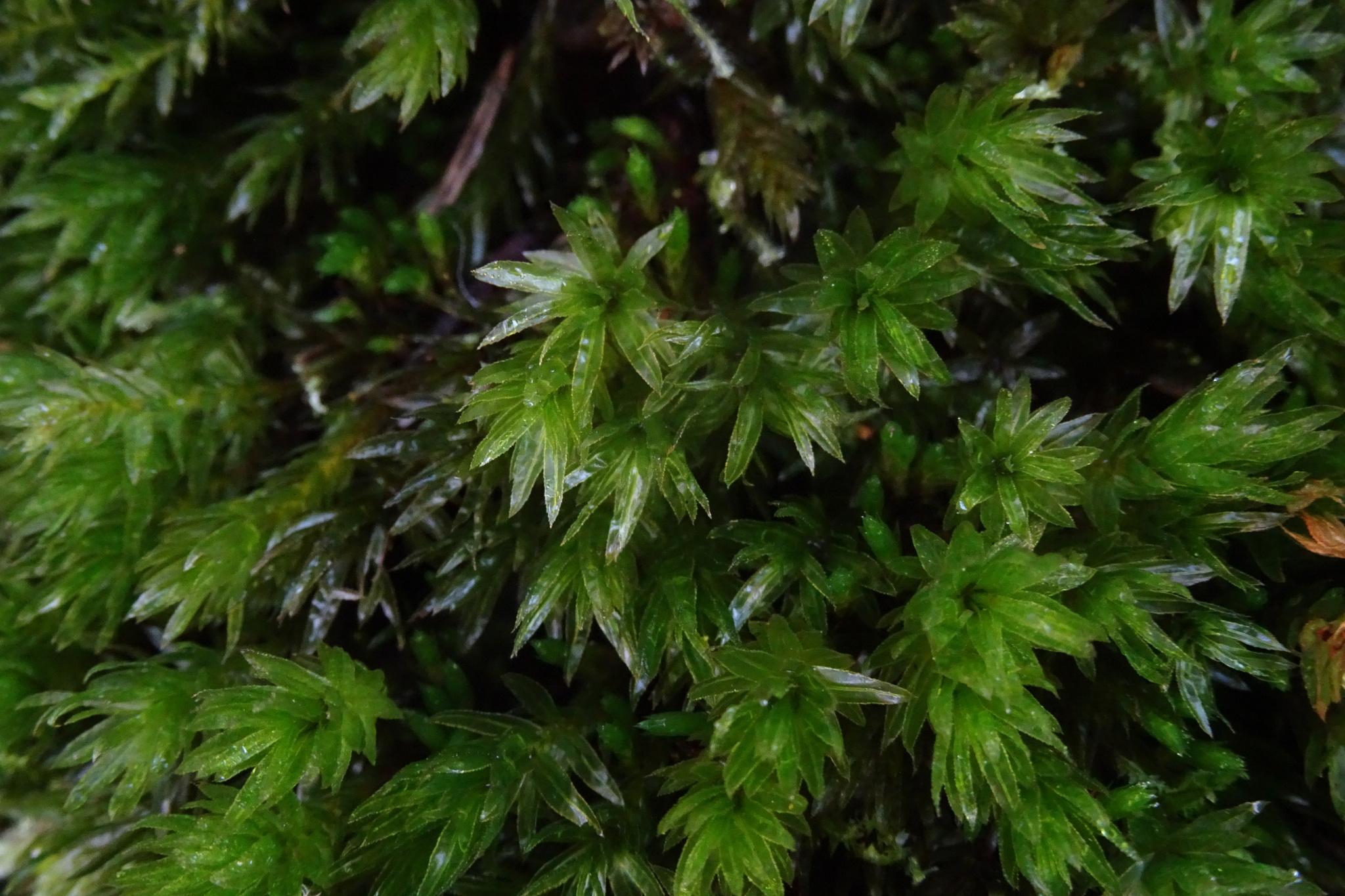 original.jpeg from: https://www.gbif.org/fr/species/9415279 |
Bryopsida |
| Order | Bryales |
| Family | Mniaceae |
| Genus | Mnium |
Species
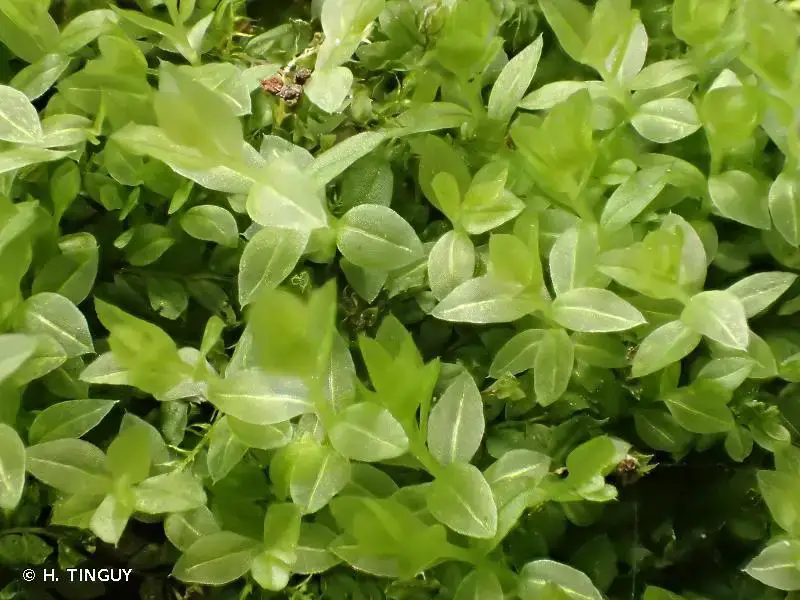 254315.jpg from: https://inpn.mnhn.fr/espece/cd_nom/4926/tab/taxo |
Mnium stellare Hedw.
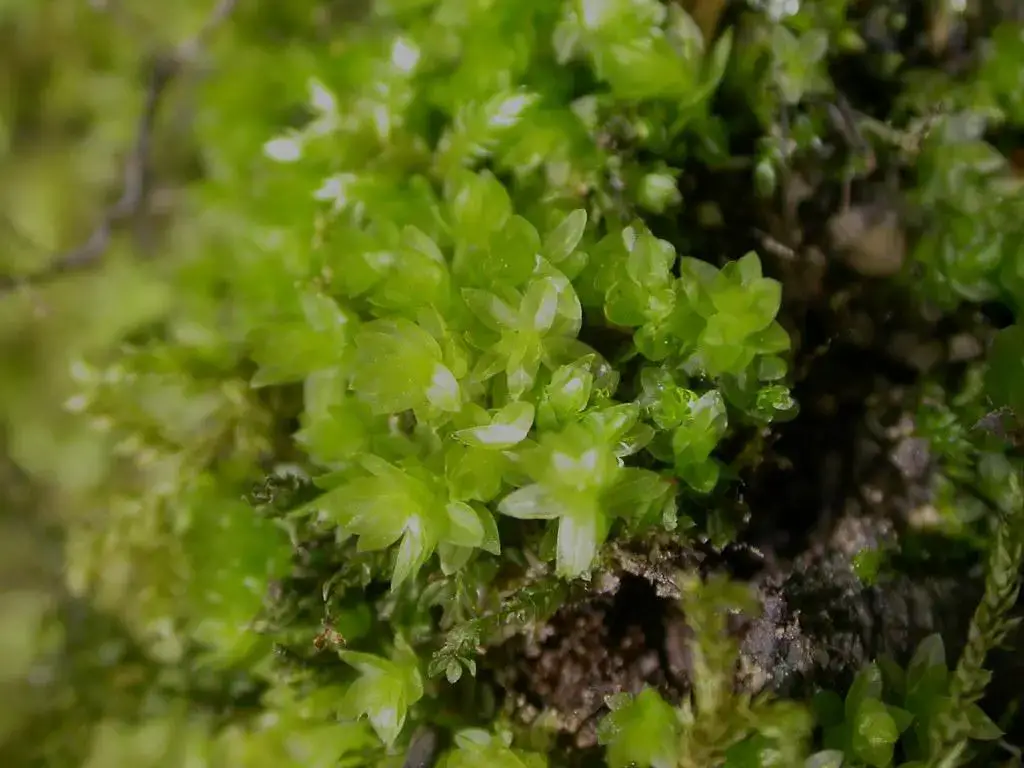 30910957815_9c10e33f07_b.jpg from: https://www.flickr.com/photos/23980231@N07/30910957815/ |
| Common Name | Star Moss, Stellate Moss |
| Leaf Shape | Ovate to oblong-lanceolate |
| Leaf Arrangement | Star-like |
| Habitat | Moist, shaded environments |
| Distribution | Widespread across temperate and tropical regions |
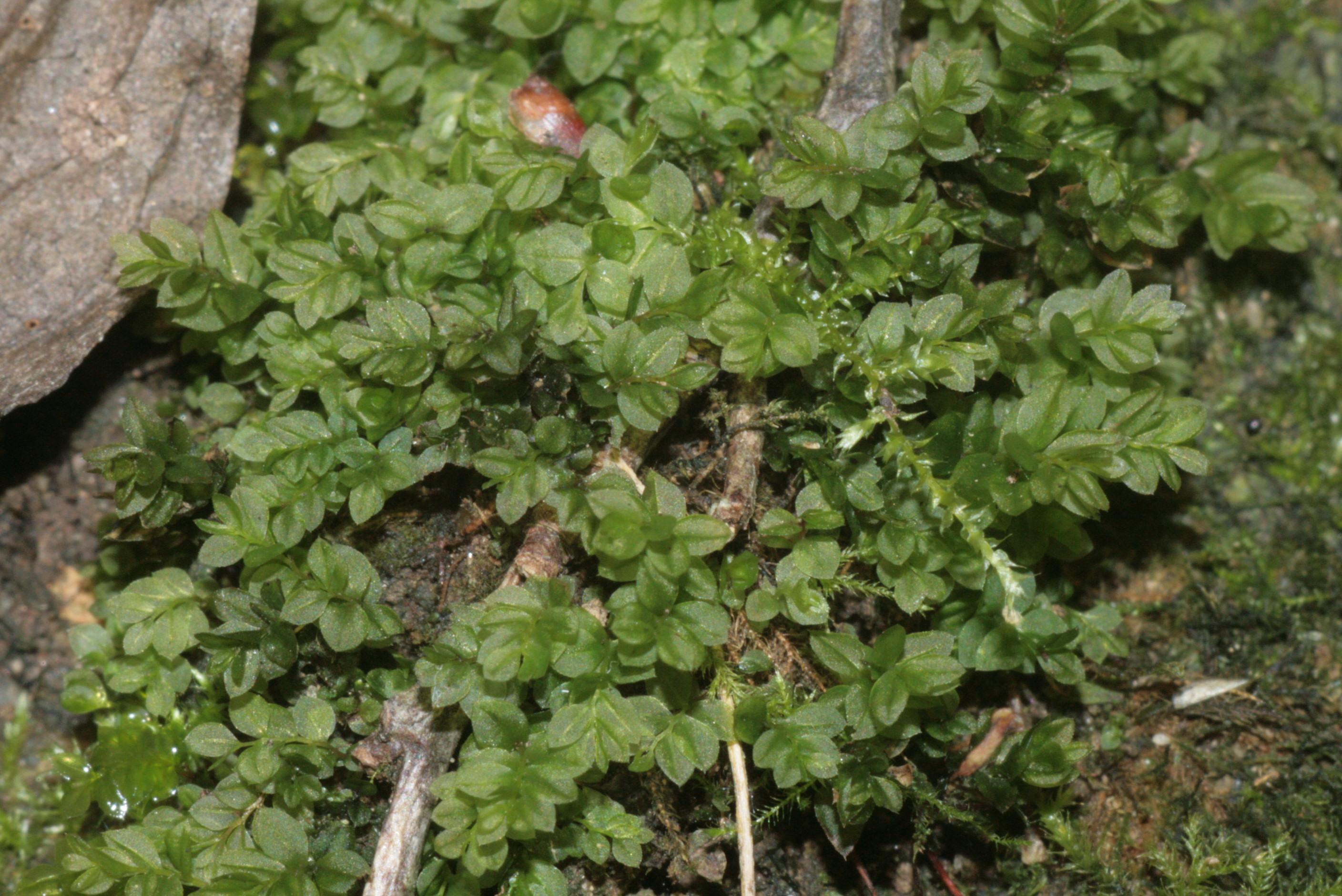
Mnium_stellare_(c%2C_153348-482405)_0195.JPG from: https://de-academic.com/dic.nsf/dewiki/2337504
Conclusion
Mnium stellare Hedw., a true marvel of the moss world, reminds us that even the smallest and most unassuming organisms can have a profound impact on the intricate web of life. As we continue to explore and appreciate the wonders of nature, let us ponder this thought-provoking question: What other hidden gems lie waiting to be discovered, and what lessons can they teach us about the interconnectedness of all living beings?
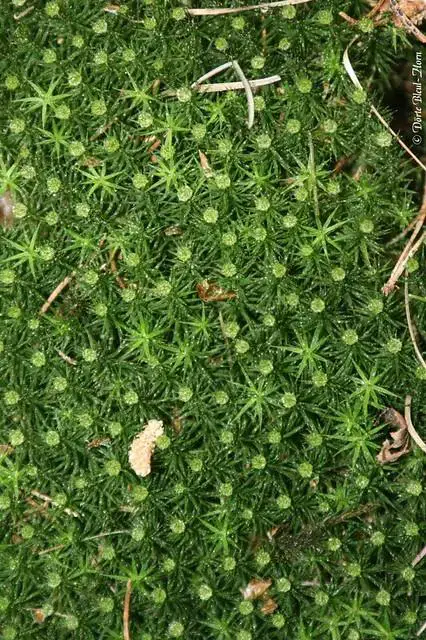
42315902821_71038e60a4_z.jpg from: https://www.flickr.com/photos/12639178@N07/42315902821/